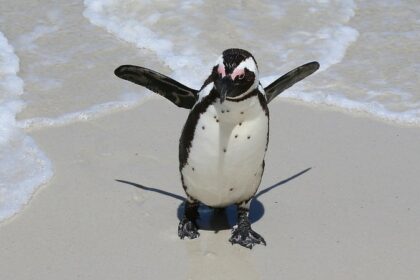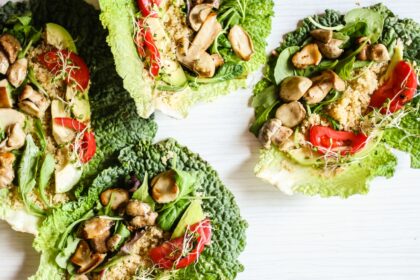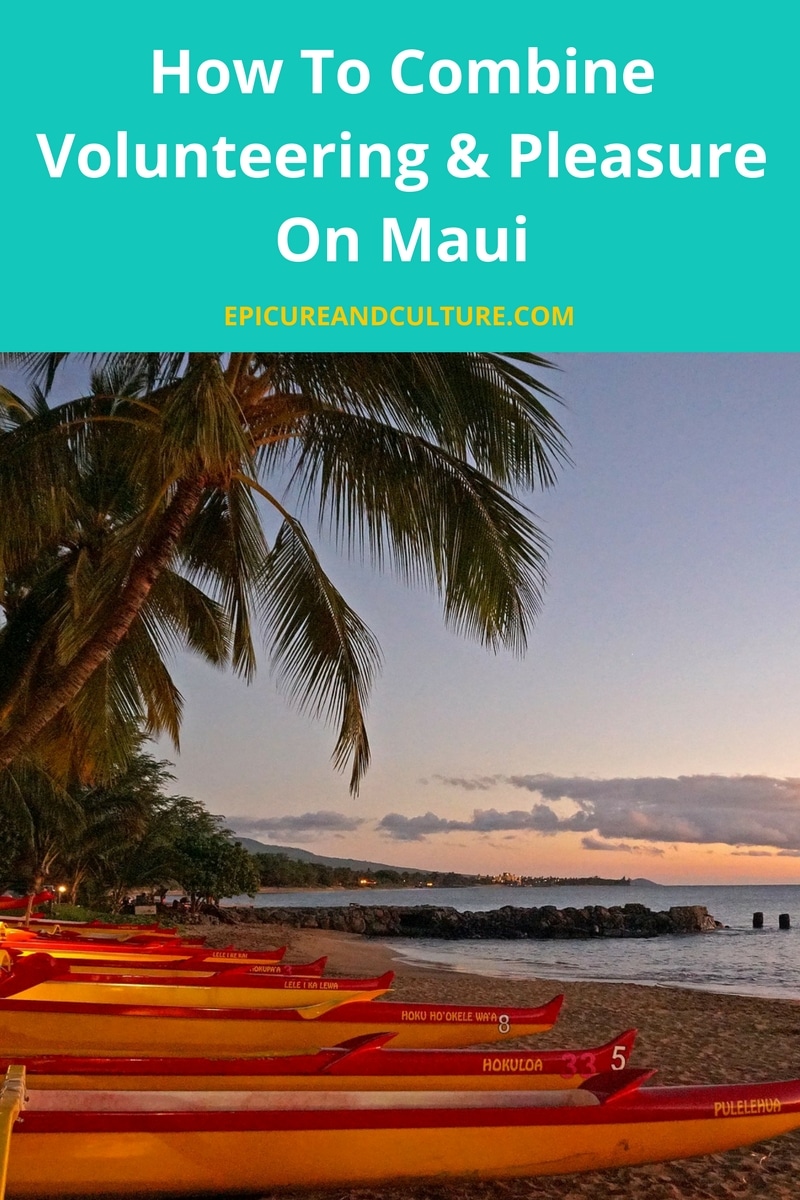
By Dusty Loffarelli from travel2change, a Hawaii-based nonprofit organization
Anyone familiar with the Hawaiian term haole has probably only heard this when barked the phrase “haole go home!” by a local. This happens often when a tourist strays onto turf sacred to the Kama’aina, the native people.
The Kama’aina are currently outnumbered 8 to 1 by visitors to Hawaii after their islands were illegally annexed in the early 1900s and foreign diseases decimated their population by 90%.
The ecosystem did not fare much better with the influx of foreigners. Many of the plants brought by the haoles fared well in the rich volcanic soil, abundant sunshine, and pure rainfall — so well that they overwhelmed and overpowered many of the native species.
Where did it all go?
The cities they built, their tools and methods for cultivation, the birthstones that their children were born to, the caves, dwellings, games, food, flowers and irrigation channels crafted to survive them for over 1000 years before the inevitable collision of cultures beckoned their shores.
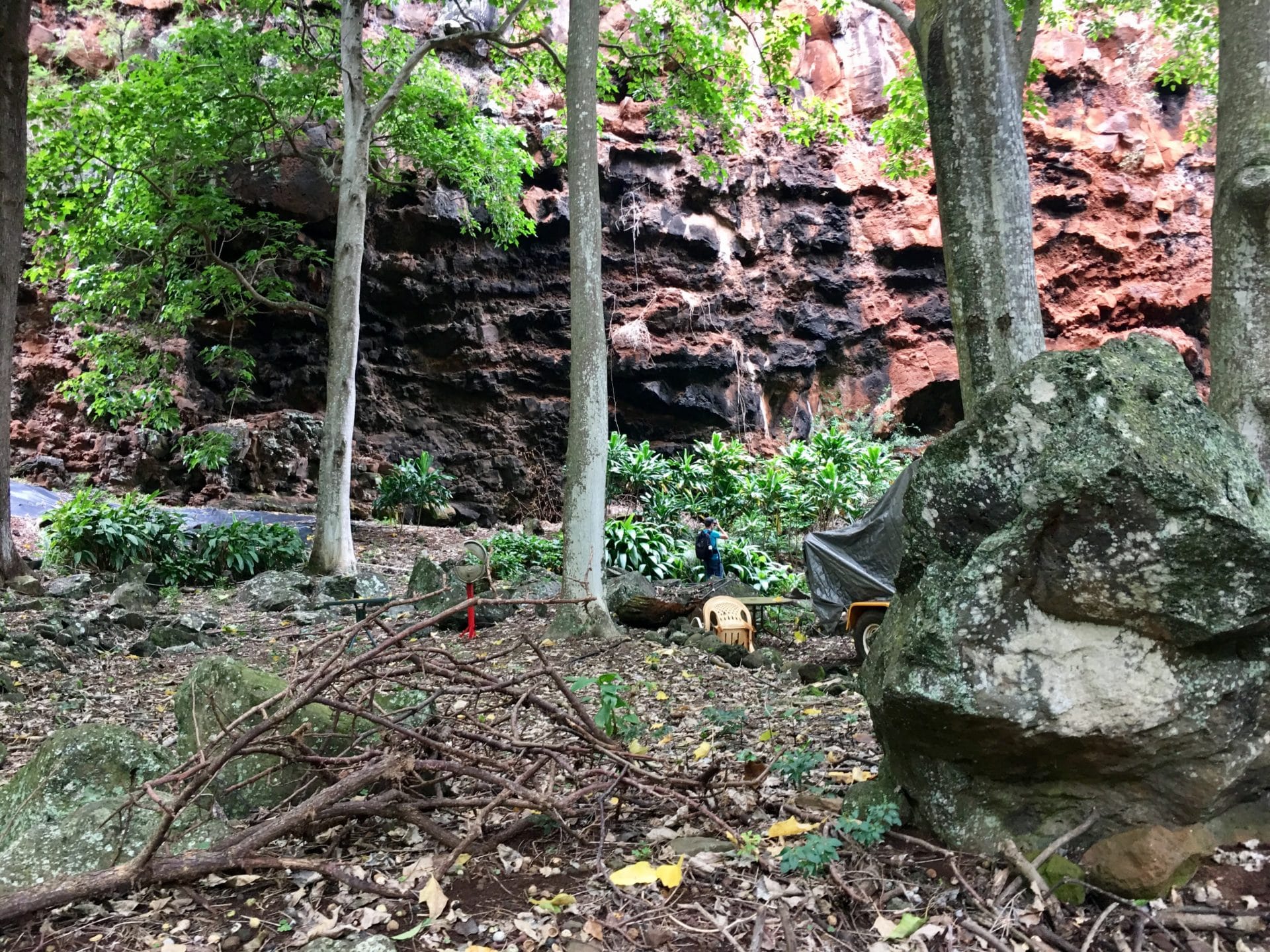
Protecting An Ancient Metropolis
Most visitors to Maui fleck sand in Lahina, often oblivious to the region’s most prolific, intact example of an ancient Hawaiian metropolis, lying just behind them in the cliffs of the Honokowai Valley.
From the luxury resorts of Kāʻanapali Beach, just point your lounge chair opposite the ocean to face the real action beyond bikinis and Mai Tai cocktails.
A handful of weekend warriors using pickaxes and shovels are just over the hillside piecing together the last bits of their ancestors’ livelihood.
This time, with guidance, they welcome the haole, exchanging a warm aloha for a willingness to lend a hand. By clearing alien overgrowth, the rock walls and ancient artifacts become and remain visible.
Sure, there are many easy ways to volunteer from home, but this project is tangible; the perfect way to truly give back to the place you’re visiting while also getting off-the-beaten tourist path in Hawaii.
With your efforts, you can see the layout of the village that once thrived. You may even feel the presence of its former inhabitants.
Did you know there's an ancient metropolis hiding just beyond the #beaches of #Maui? #Hawaii Share on X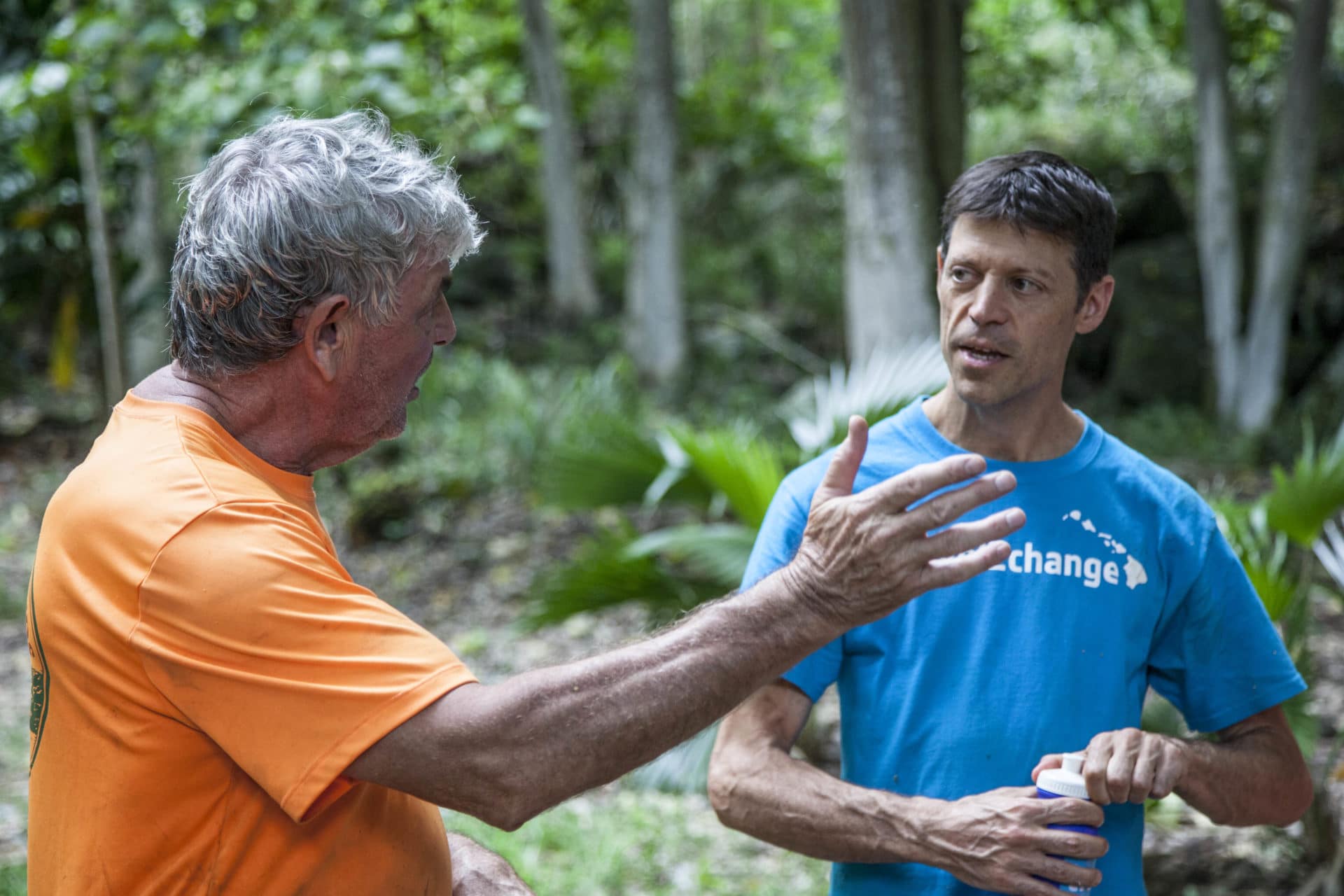
Exploring Maui Through Volunteering
In anticipation of Earth Day, I sought a way to give relief to the ‘āina (land) while supporting the local culture. Being a haole myself, I know the feeling firsthand.
Living on Oahu for the past eight years led me to volunteer with travel2change, a nonprofit that connects travelers with local opportunities that are both fun and give back to Hawaii’s nature and culture.
At the time, travel2change only offered activities on Oahu, but the enthusiasm and need were just as dire on Maui.
Asking around, I heard echoes of a family known for their legacy of tireless contributions to restorative preservation. It didn’t take long until I was introduced to Ekolu Lindsey, whose late father Ed was prolific in spearheading many such projects.
After meeting Dr. Thomas Kohler, the founder of travel2change, he insisted we join his mother to work and feel the mana (spirt) on location. A hallmark of travel2change is that all activities listed are first experienced by its core team members with feedback given to ensure a sweet spot for travelers where fun meets impact.
High in the hills with sweeping views of the island’s west side, Ekolu’s mom, Puanani, led us onto private protected land. Chanting an mele oli to first ask permission, we entered down a deep escarpment where caves and a river fed life into the ancient valley. As we removed invasive growth and planted Hawaiian varietals, her regular volunteers explained the history of the archaeological site. Given the family’s blessing, we felt the spirit of aloha to proceed with our plans.
Want to make a difference on your #Hawaii #vacation? Here's how you can! #volunteer Share on X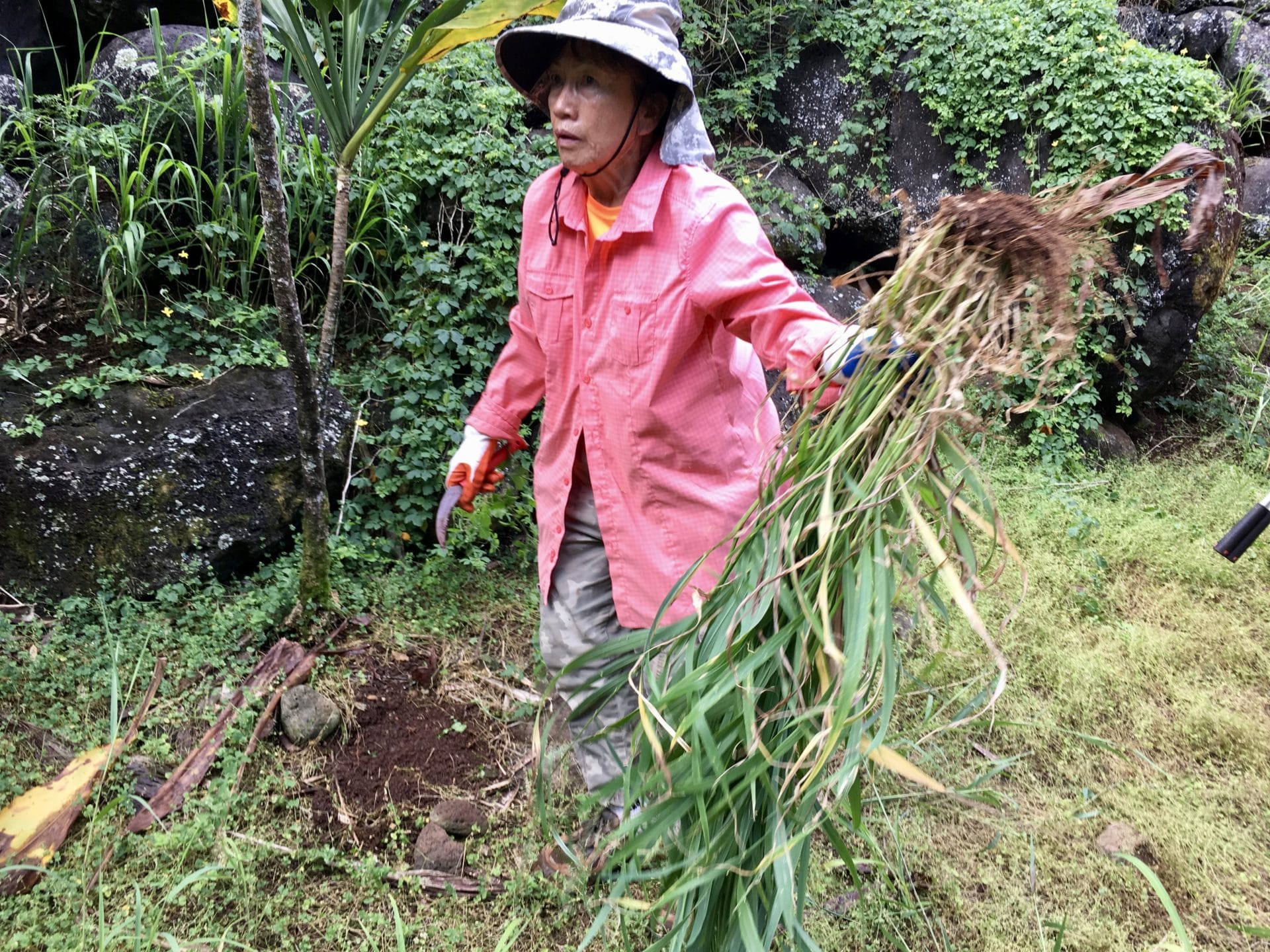
Restoring Paradise
On Earth Day 2017, travel2change launched its expansion to Maui with six activities that allow travelers to help restore a piece of paradise. These include: Observe Protected Sea Turtles & Record Data, Paddle an Outrigger Canoe & Experience the Wonders of the Ocean, Hike Waihe’e Ridge & Remove Invasive Guava Trees, Snorkel/Kayak & Beach Cleanup, Explore & Restore Waihe’e Refuge, and Hike & Restore Honokowai Valley.
Perhaps most gratifyingly, it is with mahalo (thanks) from Hawaii’s kama’aina for traveling pono (thoughtfully). At our Maui launch event, Ekolu himself led an oli welcoming travel2change to the island’s ohana (family).

How You Can Help
Travelers are welcome to join any of these ongoing activities as a Maui volunteer. Most appear weekly and are bookable on travel2change.org. Nearly all 25+ activities listed on both Oahu and Maui are free to join when booked on travel2change. Those with a fee are discounted heavily by the host so that costs cover staffing and equipment.
Travel2change charges nothing for hosts to list their service projects, nor does it charge anything to travelers signing up. Mahalo for your kōkua.


